Well over 650 species have been recorded in the small province of KwaZulu-Natal, a product of its habitat diversity and its coastal position on the beautiful eastern seaboard of South Africa. From mangrove-fringed estuaries to the peaks of the Drakensberg Mountains, from the cool mistbelt forests to the bird-rich savanna of Zululand, KZN offers some of the best birding on the African continent. Of particular interest to the international birder are the more than 50 species endemic to the Southern African Subregion, a handful of which are only found here and in adjacent Mozambique.
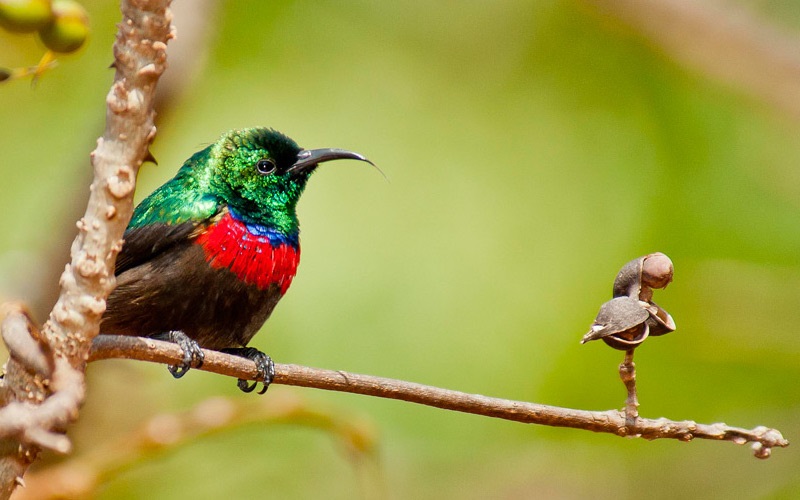
KZN’s broad vegetation types of forest, savanna and grassland may be further subdivided into:
Subtropical, broad-leaved forest that runs the length of the coast, extending up to an altitude of 450m above sea level. It is home to numerous coastal specials, notably Spotted Ground-Thrush and Woodward’s Batis, and is well protected in the Greater St Lucia Wetland Park and Ngoye Forest.
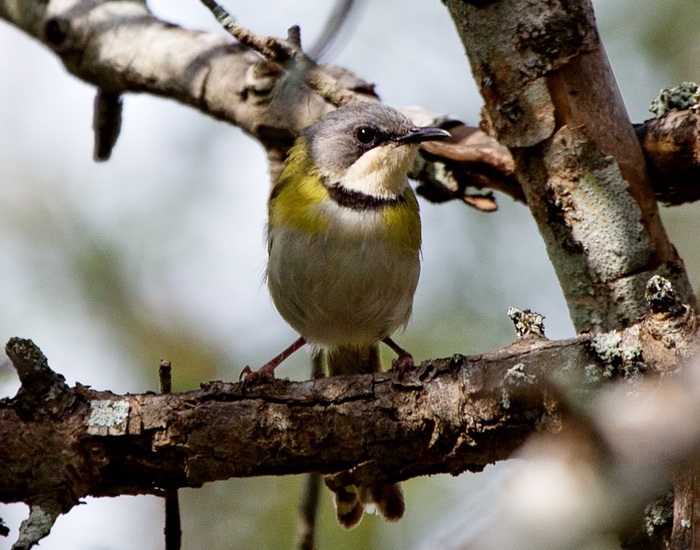
Patches of temperate, Afro-montane forest (mistbelt forest) which occur in a narrow altitudinal belt between 900m and 1200m above sea level, and host a handful of Southern African endemics, notably Cape Parrot, Knysna Turaco, Chorister Robin-Chat, Bush Blackcap and Cape Batis. Highly threatened by felling for timber and conversion to commercial agro-forestry, accessible patches are protected in Weza-Ngele Forest and the Creighton Valley.
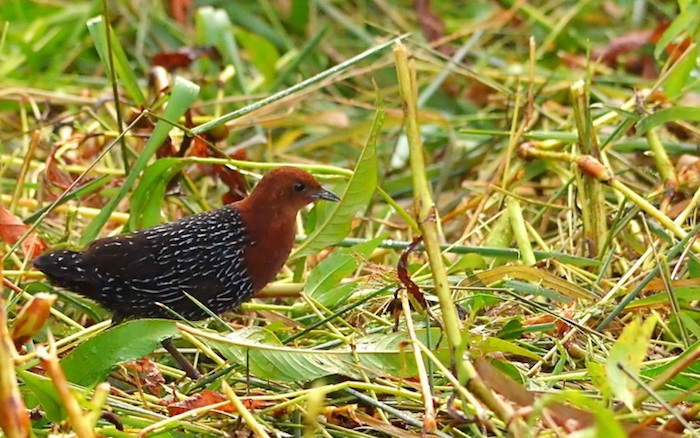
Savanna woodland, or bushveld, which covers much of the northern and inland areas, and supports a very rich avifauna. This habitat is widespread in eastern Africa and endemics are few, notable exceptions in KZN being Sabota Lark, Fiscal Flycatcher and White-throated Robin-Chat. Large areas of bushveld are protected in Mkhuze Game Reserve, Hluhluwe-Umfolozi Park, and a host of smaller reserves.
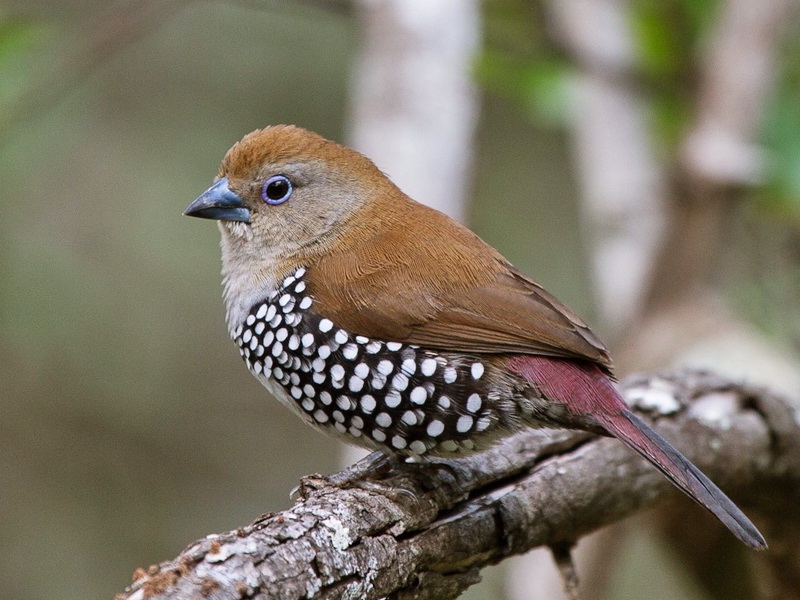
Grasslands that blanket KZN’s inland western regions, from sour grassland at medium altitudes to the Afro-Alpine grasslands in the Drakensberg massif. A number of regional endemics occur here, notably Drakenberg Rock-jumper and Drakenberg Siskin, both of which are easily seen on Sani Pass, the most accessible high-altitude site in Southern Africa.
Coastal grassland that occurs as part of the mosaic of habitats known as the East Coast Littoral, and is of interest to the birder for such tropical species as Swamp Nightjar and Rosy-throated Longclaw. The best example of this habitat is found in the Greater St Lucia Wetland Park.
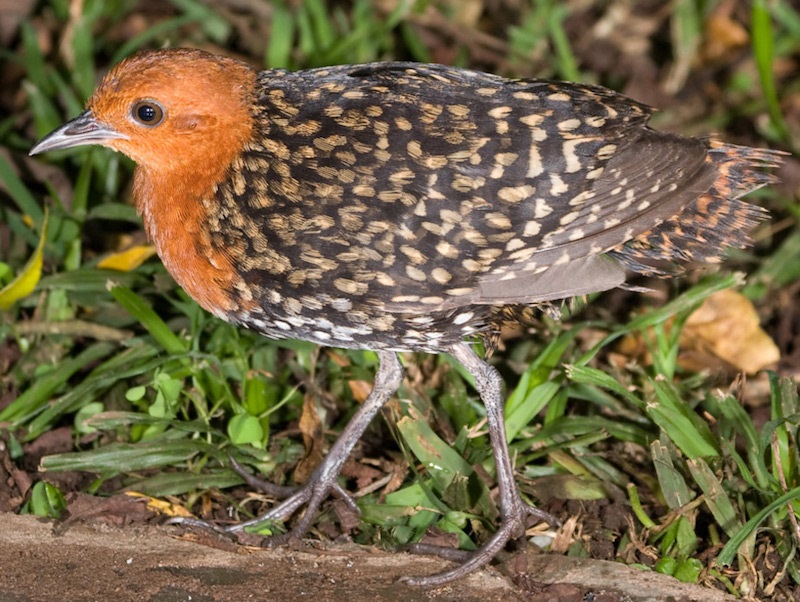
Wetlands that range from estuaries to tropical pans and flooded grassland, from fast-flowing mountain streams to man-made impoundments. Warm oceanic waters off the coast support a variety of tropical seabirds, especially after cyclonic conditions in the Mozambique Channel.
Text Source: Fatbirder
Map Source: Googlemaps™
Photo Source: © Birding Ecotours
